Silent Hill f Review: Psychological Horror Masterpiece Marred by Over-Engineered, Aggravating Combat
Popular Now
 Fall Guys
Fall Guys
 Stumble Guys
Stumble Guys
 CarX Street
CarX Street
 EA SPORT FC 25
EA SPORT FC 25
 Gacha Club
Gacha Club
 NBA 2K24
NBA 2K24
 Poppy Playtime
Poppy Playtime
 Minecraft
Minecraft
 Minecraft
Minecraft
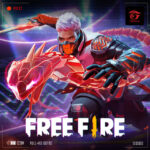 Free Fire
Free Fire 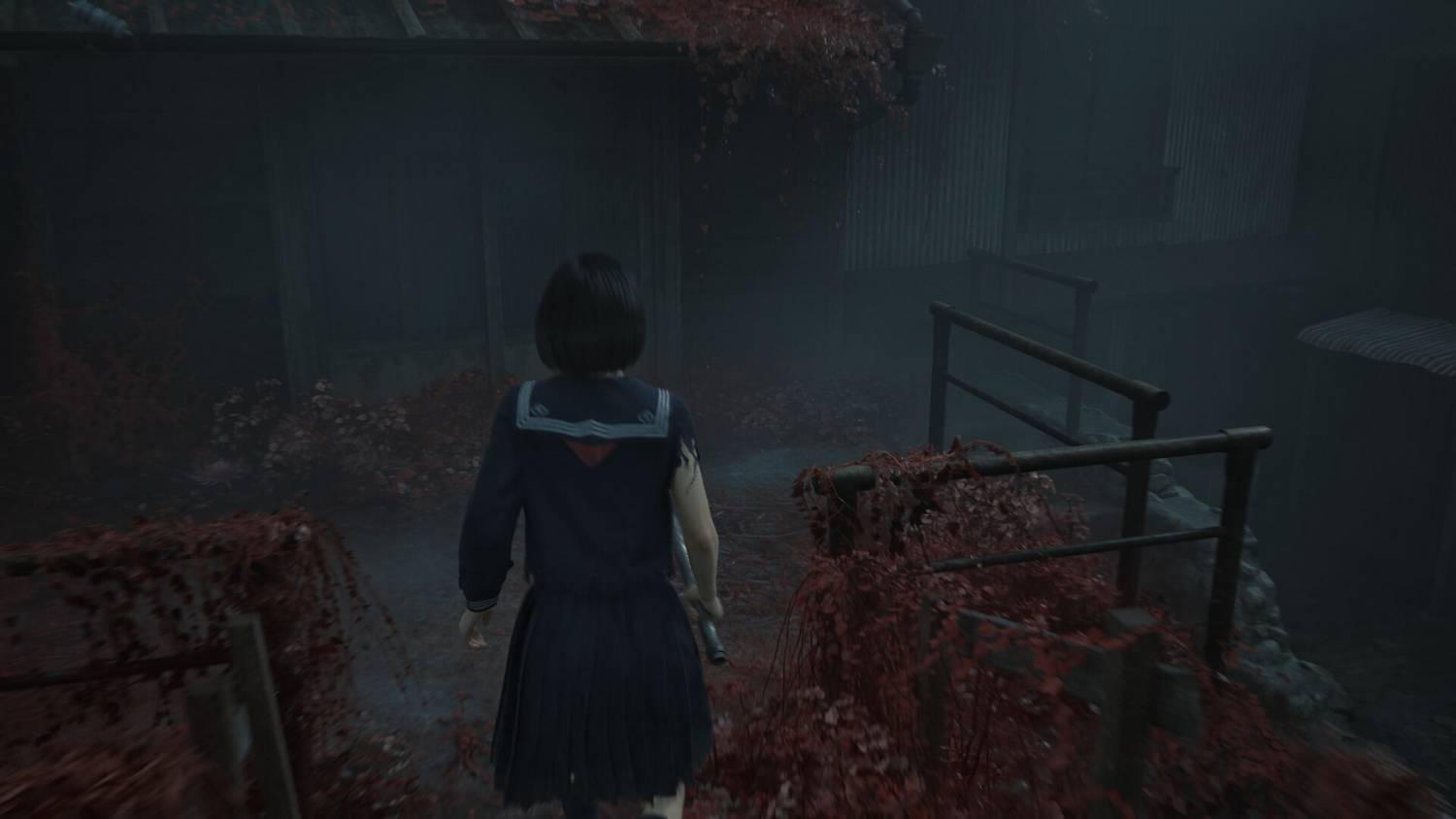 The return of the legendary Silent Hill franchise with Silent Hill f was met with immense anticipation, and for the most part, it delivers a chilling, deeply psychological experience that reestablishes the series’ reputation for peerless atmosphere. Set in 1960s Japan, this new entry pivots the traditional American setting to the fictional, fog-drenched town of Ebisugaoka, crafting a narrative woven by renowned visual novel author Ryukishi07 (Higurashi, Umineko). However, its brilliance is consistently undermined by a contentious design decision: an overly demanding and frequent combat system. The central critique rings true: “The legendary horror series‘ most unsettling atmosphere and writing to date butts heads with combat that’s more irritating than scary.”
The return of the legendary Silent Hill franchise with Silent Hill f was met with immense anticipation, and for the most part, it delivers a chilling, deeply psychological experience that reestablishes the series’ reputation for peerless atmosphere. Set in 1960s Japan, this new entry pivots the traditional American setting to the fictional, fog-drenched town of Ebisugaoka, crafting a narrative woven by renowned visual novel author Ryukishi07 (Higurashi, Umineko). However, its brilliance is consistently undermined by a contentious design decision: an overly demanding and frequent combat system. The central critique rings true: “The legendary horror series‘ most unsettling atmosphere and writing to date butts heads with combat that’s more irritating than scary.”
 A Masterclass in Unsettling Atmosphere and Narrative
A Masterclass in Unsettling Atmosphere and Narrative
Silent Hill f excels where the series has historically shone. The game’s new setting, rooted in Japanese folklore and the societal pressures of 1960s Japan, provides fertile ground for a terrifying new aesthetic.
- Terrifying, Beautiful Fog: The atmosphere is thick with a terrifying yet beautiful fog, a grotesque aesthetic that merges traditional Japanese beauty with nightmarish body horror. The concept of finding “the terror in beauty” is executed with visceral precision.
- Gnarly Monster Design: The new monsters are arguably the most grotesque and memorable in the series’ history, their designs intrinsically linked to the protagonist Hinako Shimizu’s trauma, societal sin, and the dark undercurrents of the town’s history. They are visual metaphors of the highest caliber.
- Best-in-Series Writing: Ryukishi07’s involvement is evident in the compelling, smart, and gut-wrenching writing. The narrative delves into Hinako’s struggle with familial and societal expectations, utilizing lore notes and expertly crafted cutscenes to build an emotionally resonant psychological portrait. Many critics hail this as the best written Silent Hill game to date.
 The Combat Conundrum: Too Much Action, Too Little Fear
The Combat Conundrum: Too Much Action, Too Little Fear
The primary source of division and frustration is the game’s heavily emphasized combat system. Unlike classic entries where clumsy fighting was a purposeful choice to enforce vulnerability and resource scarcity, Silent Hill f opts for a more action-oriented, almost “Soulslike” approach, complete with a stamina bar, perfect dodges, counterattacks, and weapon degradation.
This shift in focus creates a jarring dissonance:
- Over-Engineering the Fight: Hinako’s fighting style is surprisingly complex. She can execute light and heavy attack combos, utilize a “Focus” mechanic to deplete a Sanity meter for special weapon-specific strikes, and perform a perfect dodge to restore stamina. The system is mechanically involved, but this very involvement works against the intended tone of survival horror.
- Irritation Over Dread: The frequency and technical demands of combat encounters often make them feel more like a grueling, repetitive gauntlet than a terrifying brush with an incomprehensible threat. Overly long stun-lock animations and an aggressively stingy stamina bar often punish the player, making the encounter irritating rather than scary.
- Misplaced Emphasis: Almost every collectible, from restorative items to equippable omamori charms, revolves around combat buffs. This excessive emphasis makes the game feel more like a third-person action game with a horror skin than a true psychological horror experience where combat is the last resort. The lack of a strong incentive to fight—enemies rarely drop useful items—further highlights the system’s structural flaws.
The Split Audience and Difficulty Settings
Developer NeoBards Entertainment’s decision to prioritize “more entertaining and thrilling action” to appeal to younger audiences has predictably divided the fanbase. Players must also navigate confusing difficulty settings, where the ‘Story’ action difficulty is marketed as “traditional Silent Hill” but often proves too easy due to an overabundance of healing items, while ‘Hard’ is the only option that forces real engagement with the complex mechanics.
Conclusion: A Must-Play for the Lore, A Must-Endure for the Action
Silent Hill f is a conflicting experience. The psychological dread, the beautiful-yet-grotesque world, and the superb, mature writing are easily the best the series has produced in over a decade, proving that the IP still holds immense value. These elements make the game an absolute must-play for fans of deep, unsettling psychological horror and rich lore. However, players must be prepared to endure a divisive, over-engineered combat system that frequently interrupts the masterful horror with mechanical frustration. It is a game of magnificent highs and irritating lows, a brilliant canvas spoiled by an ill-fitting action painting.
Silent Hill f is available on PC, PS5, and Xbox Series X/S.





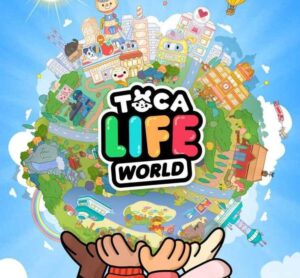




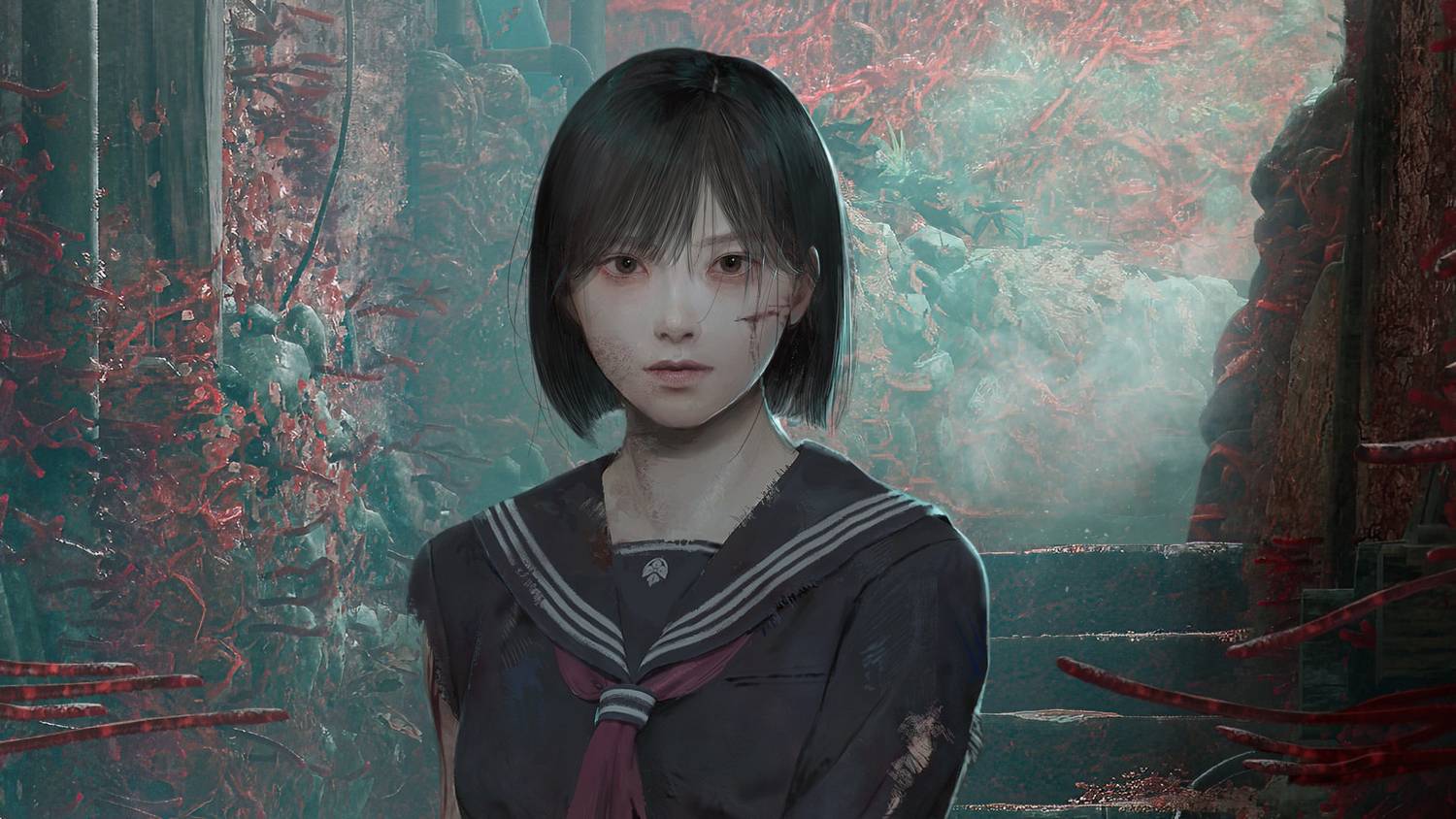 A Masterclass in Unsettling Atmosphere and Narrative
A Masterclass in Unsettling Atmosphere and Narrative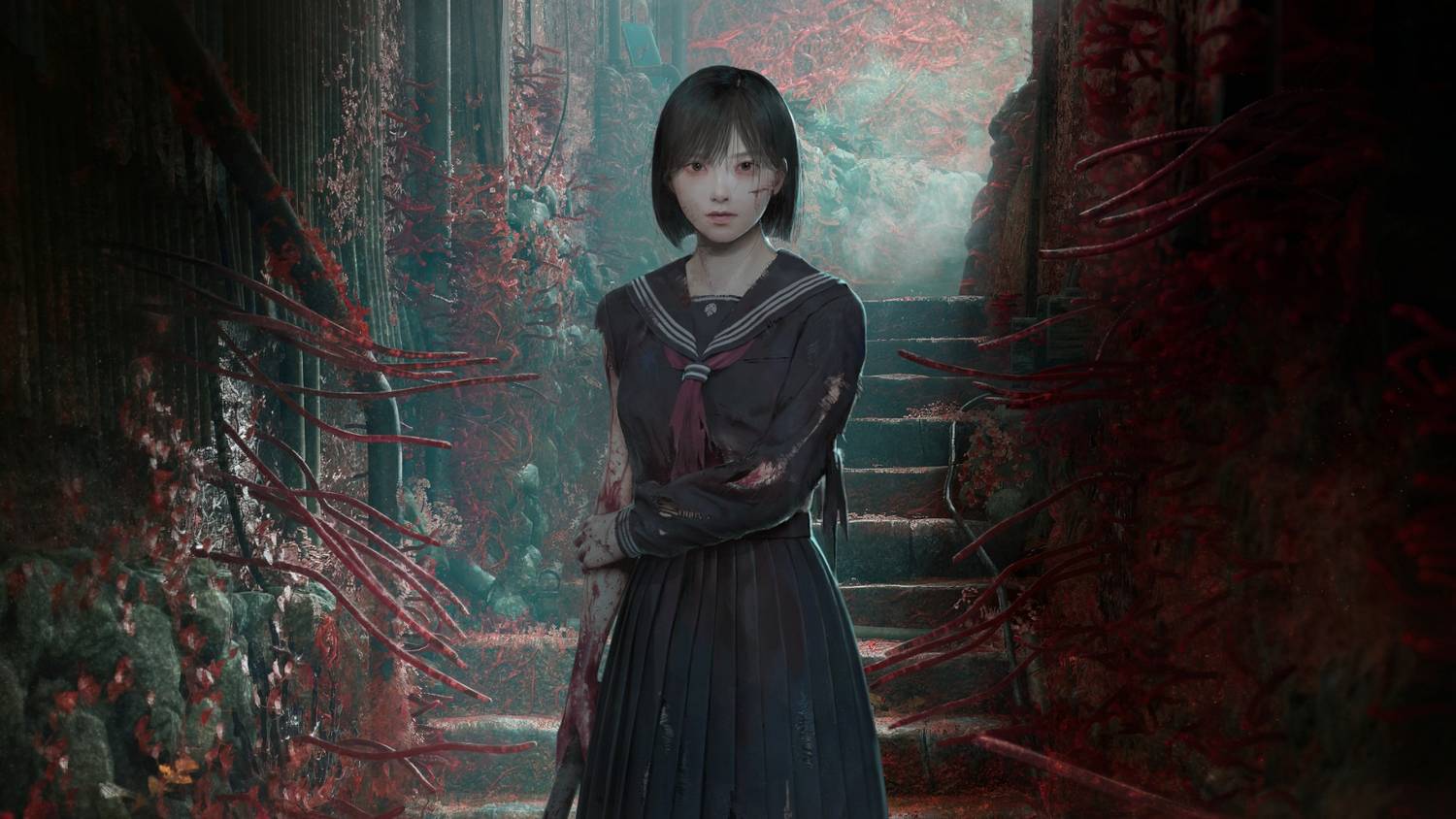 The Combat Conundrum: Too Much Action, Too Little Fear
The Combat Conundrum: Too Much Action, Too Little Fear